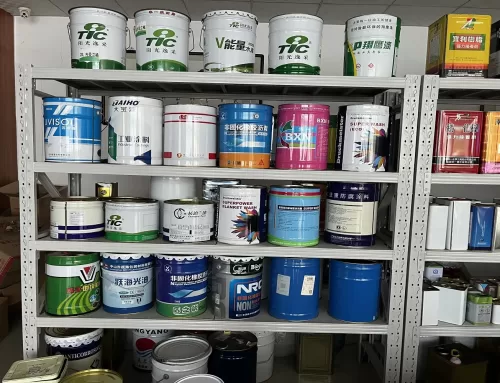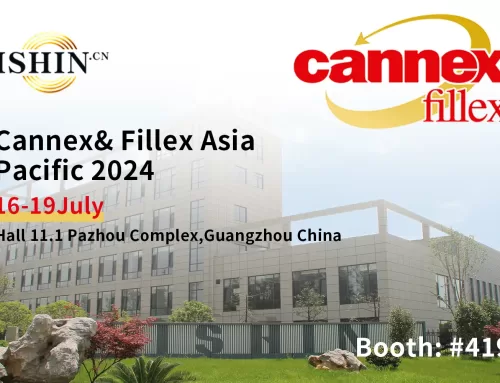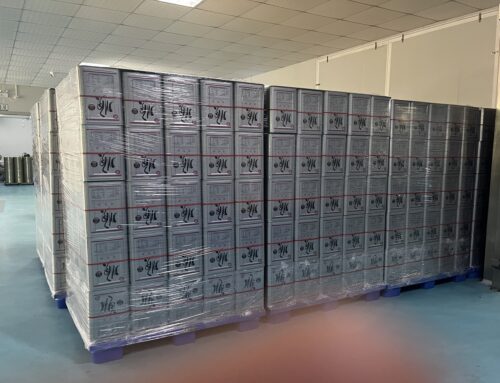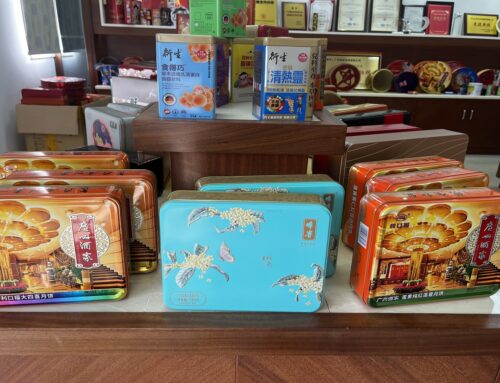According to the conditions that canned containers must have, commonly used canned containers are generally divided into metal cans and non-metallic cans according to the nature of the material.
kind. The most used metal cans are tinplate (tin-plated steel sheet) cans (including plain iron cans and paint cans), as well as aluminum cans and chrome-plated iron cans. At present, tinplate cans are the most used in our country. Glass bottles and cans account for a large proportion of non-metallic cans and are widely used. In addition, there are plastic composite film retort bags (soft cans) and paper composite cans, etc., see the following classification of commonly used cans and empty cans.
| empty container | metal can | Tin-plated steel cans | Three-piece cans | Solder cans |
| Resistance Welded Cans | ||||
| Bonding pot | ||||
| two piece can | Washing and cupping (DR) | |||
| Thin wall drawn tank (DI) | ||||
| aluminum can | two piece can | Washing and cupping (DR) | ||
| Thin wall drawn tank (DI) | ||||
| Chrome plated sheet steel tank | Three-piece cans | Bonding pot | ||
| Resistance welded tank (requires trimming) | ||||
| two piece can | Washing and cupping (DR) | |||
| Thin wall drawn tank (DI) | ||||
| non-metal can | glass can | Rolling type, sleeve pressure type, buckle type, grasping type, screw type, unscrew type (three, four, six, eight rotations) | ||
| Flexible packaging cans | Paper, plastic (or sandwich aluminum) composite packaging | |||
| High temperature resistant retort bag (aluminum-plastic composite film) | ||||
| composite tank | Paper, plastic, and aluminum are compositely wound into a can body, and the bottom cover is sealed with aluminum or thin steel plate | |||




